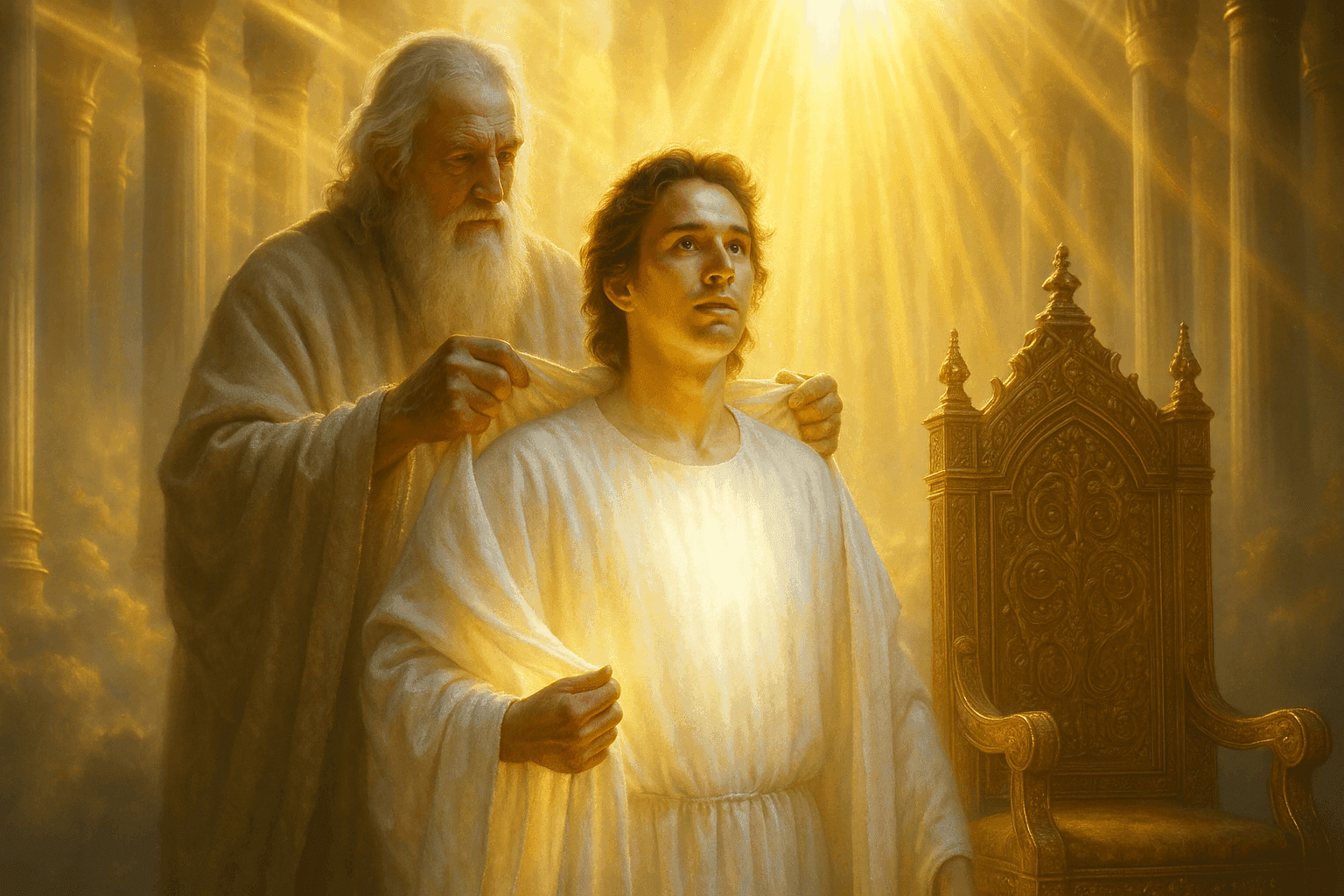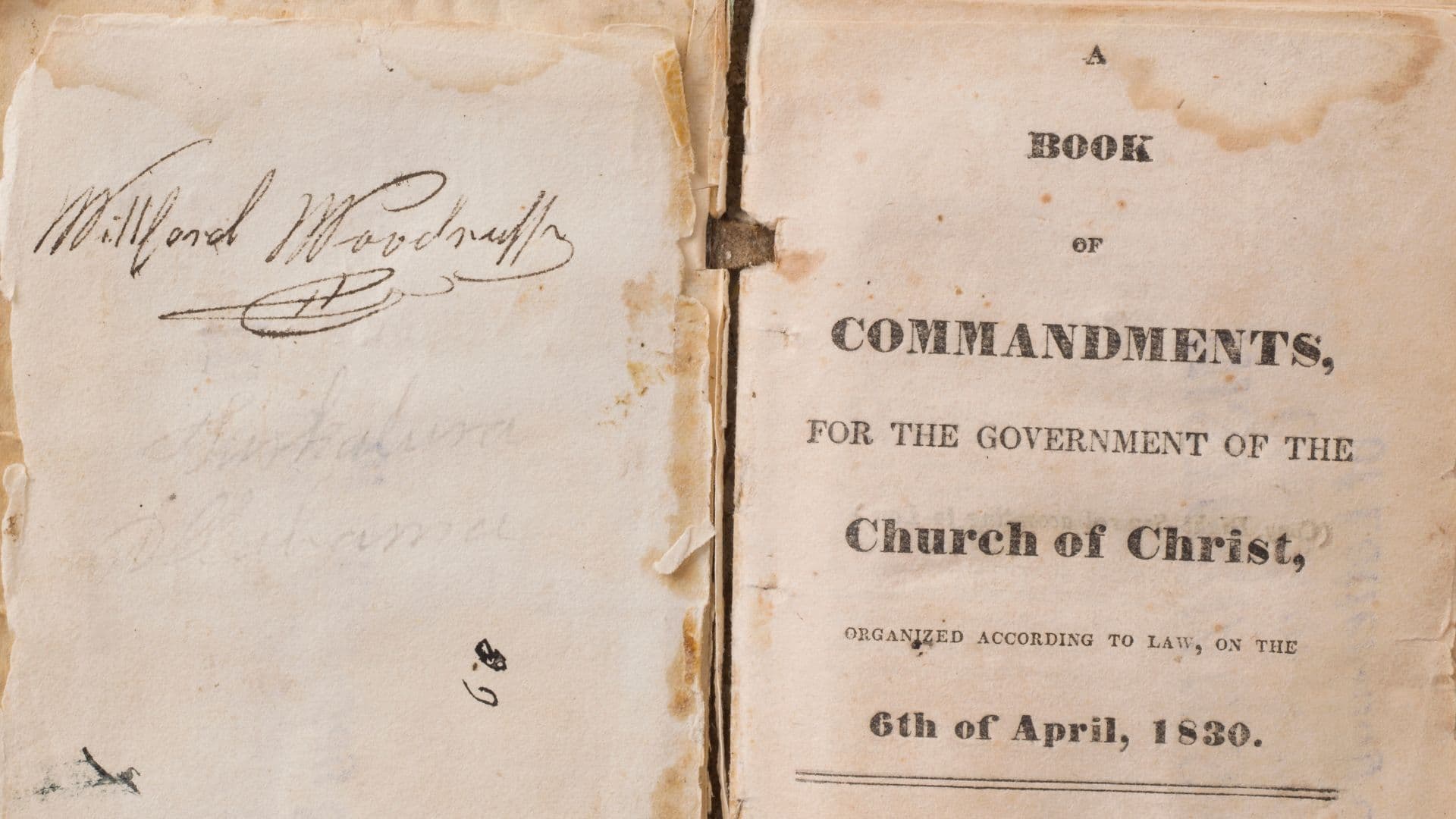Welcome to Scripture Central
Scripture Central builds enduring faith in Jesus Christ by illuminating the Book of Mormon and other restoration scripture.
What's New
This Week's Come, Follow Me Resources

Doctrine and Covenants 67–70
"Worth ... the Riches of the Whole Earth"
June 28 - June 28
ScripturePlus App

Enhance your study of the scriptures with the latest version of the ScripturePlus app. Keep track of your progress, with our reading plans. Access our library of resources, as you study.











